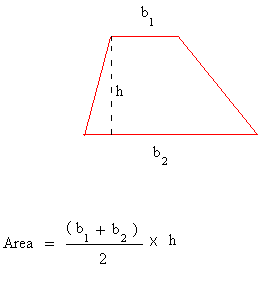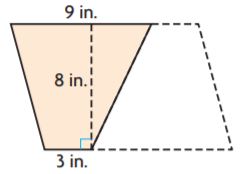
To find the volume of a rectangular box use the formula height x width x length, as seen in the figure below:

For this type of figure one barely needs a calculator to do the math. It is the same as multiplying the surface area of one side by the depth of the cube. The only required information is the side, then you take its cube and you have found the cube's volume. The volume formula for a cube is side 3, as seen in the figure below: air conditioning calculations), swimming pool management, and more. Volume calculations are useful in a lot of sciences, in construction work and planning, in cargo shipping, in climate control (e.g. The result is always in cubic units: cubic centimeters, cubic inches, cubic meters, cubic feet, cubic yards, etc. All measures need to be in the same unit. Below are volume formulas for the most common types of geometric bodies - all of which are supported by our online volume calculator above.
Examples of volume formulae applicationsĭepending on the particular body, there is a different formula and different required information you need to calculate its volume. Hence, the area and perimeter is 1050 cm² and 75 cm respectively. Perimeter = Sum of all the sides= 10 + 25 + 20 + 20= 75 cm Hence, the area of the trapezium isĪrea = area of triangle 1 + area of rectangle + area of triangleĪrea = ½ × AE × DE + DE × EF + ½ × FB × CF The distance between the parallel sides is ‘h’įrom the figure, it can be seen that there are two triangles and one rectangle. To Derive: Area of trapeziumĭerivation: Here, let one side be ‘b1’ and another side be ‘b2’. The derivation of the area of trapezium is given below. Mathematically it is given as, Perimeter = AB + BC + CD + DA. The perimeter of the trapezium is the sum of all four sides. The formula of area of Trapezium is written as ½ × sum of parallel sides × times distance between them = ½ × (b₁ × b₂) × h The area of trapezium is calculated as it is half of the sum of parallel sides and height. The two angles of a trapezium are supplementary to each other. The legs are congruent in Isosceles Trapezium. The line that joins the mid-point of the non-parallel sides is always parallel to the bases of the trapezium. The sum of the internal angles of the trapezium is 360° i.e., ∠A + ∠B + ∠C + ∠D = 360°.Įxcept for isosceles trapezium, trapezium has non-parallel sides unequal. Some of the properties of Trapezium are as follows:Įxactly one pair of opposite sides are parallel. In Isosceles trapezium, the two non-parallel sides are equal and form equal angles on the bases. The trapezium will get divided into two unequal parts if one cuts it into two sides from the middle of non-parallel sides. The arrows and equal marks shown in the figure denotes that the lines are parallel and the length of the sides are equal respectively. This difference is only due to British and American versions.ĭifference Between Trapezium and Trapezoidīases are the parallel sides of the trapezium and non-parallel sides are the legs.Ī line drawn from the middle of non-parallel sides is the midpoint. The basic difference between the trapezium and trapezoid is shown below. If in trapezium any two pairs of sides are equal, that is, bases or legs then the trapezium is Isosceles.Īt least two of the angles are right angles i.e.,90°. Just trapezoid is scalene trapezium as shown in the figure below. Parallel sides of the trapezium are bases and non-parallel sides are called legs.Īll the sides and angles are of different measures. The trapezium is a two-dimensional closed figure having a pair of parallel sides. This article focuses on Trapezium, its basic concept, its properties, area, application, formulae, and derivation of the area of trapezium. 
Sum of interior angles is ∠A + ∠B + ∠C + ∠D = 360°. The only difference is non-parallel sides are of equal length. Opposite sides are parallel and equal in length. Two pairs of equal-length sides that are adjacent to each other.


The pair of sides are equal and all the edges are at 90°. The sum of all the interior angles is ∠A + ∠B + ∠C + ∠D = 360°. It has all sides equal and makes 90° at the edges. There are seven quadrilaterals and they are: According to Euclidean Geometry, a quadrilateral is a polygon having 4 sides, 4 vertices. A quadrilateral is a two-dimensional closed shape that has four sides, four corners, and four vertices.








 0 kommentar(er)
0 kommentar(er)
